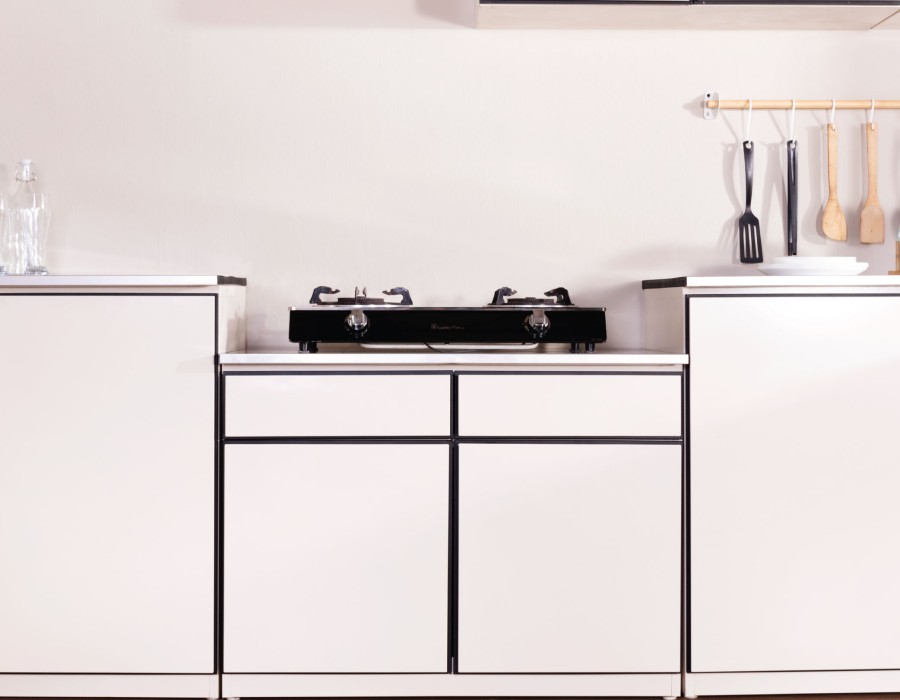When it comes to gas supply infrastructure, the safe housing of gas meters, regulators, and associated equipment is critical. Selecting the appropriate enclosure for your property ensures not only the safety and protection of gas assets but also ease of maintenance, regulatory compliance, and suitability for the surrounding environment.
Two of the most common options available are gas cupboards and gas kiosks. While both serve the essential function of enclosing gas equipment, they vary significantly in terms of size, capacity, application, security, and installation requirements.
This guide will provide a clear comparison between gas cupboards and gas kiosks to help you decide which is the right solution for your residential, commercial, or industrial property.
Understanding Gas Cupboards
Gas cupboards are typically compact, wall-mounted or freestanding enclosures designed to house a single gas meter and associated pipework. They are most commonly found on domestic or small commercial properties.
Key Characteristics:
- Compact Design: Generally small in size and unobtrusive.
- Wall-Mounted or Freestanding: Can be attached to building walls or positioned independently.
- Standard Access: Hinged doors with key or latch mechanisms for utility access.
- Regulatory Compliance: Often designed to meet local utility specifications.
Common Uses:
- Single-family homes
- Small apartment buildings
- Small commercial units
Benefits:
- Space-Saving: Ideal for properties with limited external space.
- Cost-Effective: Less expensive than larger kiosk systems.
- Quick Installation: Typically straightforward to install.
- Visually Discreet: Smaller units blend easily with building exteriors.
Limitations:
- Limited Capacity: Can only accommodate one gas meter and basic pipework.
- Lower Security: Less robust than gas kiosks; may not deter tampering in public spaces.
- Less Suitable for Harsh Environments: May offer minimal protection against severe weather or vandalism.
Understanding Gas Kiosks
Gas kiosks are larger, freestanding enclosures designed to house complex gas installations, including multiple meters, regulators, valves, and control equipment. They are used for commercial, industrial, and multi-occupancy sites that require more substantial gas management infrastructure.
Key Characteristics:
- Larger and Freestanding: Provides significant internal space.
- Robust Construction: Built from durable materials such as galvanized steel, stainless steel, or GRP.
- Enhanced Security: Designed with tamper-resistant locks and heavy-duty doors.
- Weatherproof: Often IP-rated for outdoor use in demanding conditions.
Common Uses:
- Industrial facilities
- Large commercial buildings
- Multi-residential developments
- Public infrastructure sites
Benefits:
- Higher Capacity: Can accommodate complex setups and multiple users.
- Durable and Secure: Offers strong protection against vandalism, weather, and accidental damage.
- Customizable: Available in various sizes, materials, and configurations to suit specific project needs.
- Improved Safety: Provides additional separation and security for gas installations.
Limitations:
- Higher Cost: More expensive than gas cupboards due to size and construction materials.
- Larger Footprint: Requires sufficient outdoor space for installation.
- More Complex Installation: Typically needs a prepared base and may involve more stringent installation standards.
Key Factors to Consider When Choosing Between Gas Cupboards and Gas Kiosks
1. Property Type and Size
- Gas Cupboard: Ideal for residential homes or small commercial units.
- Gas Kiosk: Better suited to industrial sites, multi-residential complexes, or facilities with high gas consumption.
2. Number of Gas Meters Required
- Gas Cupboard: Generally designed for one gas meter.
- Gas Kiosk: Can house multiple gas meters and additional control systems.
3. Security Requirements
- Gas Cupboard: Suitable for low-security environments.
- Gas Kiosk: Recommended for locations where tampering, theft, or vandalism is a concern.
4. Environmental Exposure
- Gas Cupboard: Acceptable for standard outdoor conditions with minimal exposure to extreme weather.
- Gas Kiosk: Preferred in areas with heavy rain, snow, strong sunlight, or corrosive atmospheres.
5. Aesthetic Considerations
- Gas Cupboard: Less visually intrusive; can blend with building exteriors.
- Gas Kiosk: Larger and more visible but can often be customized to suit the environment.
6. Budget
- Gas Cupboard: Lower initial cost, suitable for smaller budgets.
- Gas Kiosk: Higher upfront investment but often necessary for larger or more complex systems.
Installation Requirements and Best Practices
Whether you choose a gas cupboard or a gas kiosk, proper installation is critical to ensure safety, compliance, and functionality.
Gas Cupboard Installation:
- Mounting: Can be wall-mounted or floor-mounted depending on design.
- Accessibility: Must be positioned at an accessible height for meter reading and maintenance.
- Ventilation: Ensure adequate airflow to prevent gas accumulation.
- Weather Protection: Where possible, install in a sheltered location to prolong lifespan.
Gas Kiosk Installation:
- Solid Base: Requires a stable concrete or steel-reinforced base to support its weight.
- Clearance: Must provide adequate space for service technicians and emergency access.
- Security Features: Should include lockable doors and anti-tamper fittings.
- Compliance: Must meet utility provider regulations regarding distance from buildings, ignition sources, and pedestrian areas.
General Tips:
- Always consult with qualified gas engineers for installation.
- Follow manufacturer guidelines and local gas safety standards.
- Ensure enclosures are properly grounded to avoid static electricity build-up.
Gas Cupboards vs. Gas Kiosks: Quick Comparison
Conclusion: Which One Should You Choose?
The decision between a gas cupboard and a gas kiosk depends primarily on your property’s size, gas consumption, security requirements, and available space.
Choose a Gas Cupboard if:
- You are managing a small residential or commercial property.
- You need to house only one gas meter.
- You have limited outdoor space.
- Your budget is constrained.
Choose a Gas Kiosk if:
- You are managing a large commercial, industrial, or multi-residential site.
- You require multiple gas meters and advanced gas control systems.
- Security and durability are top priorities.
- You need a solution for harsh or high-traffic environments.
By carefully evaluating your needs, consulting with gas installation professionals, and adhering to regulatory guidelines, you can select the enclosure that offers the right balance of safety, functionality, and cost-effectiveness for your property.





Comments